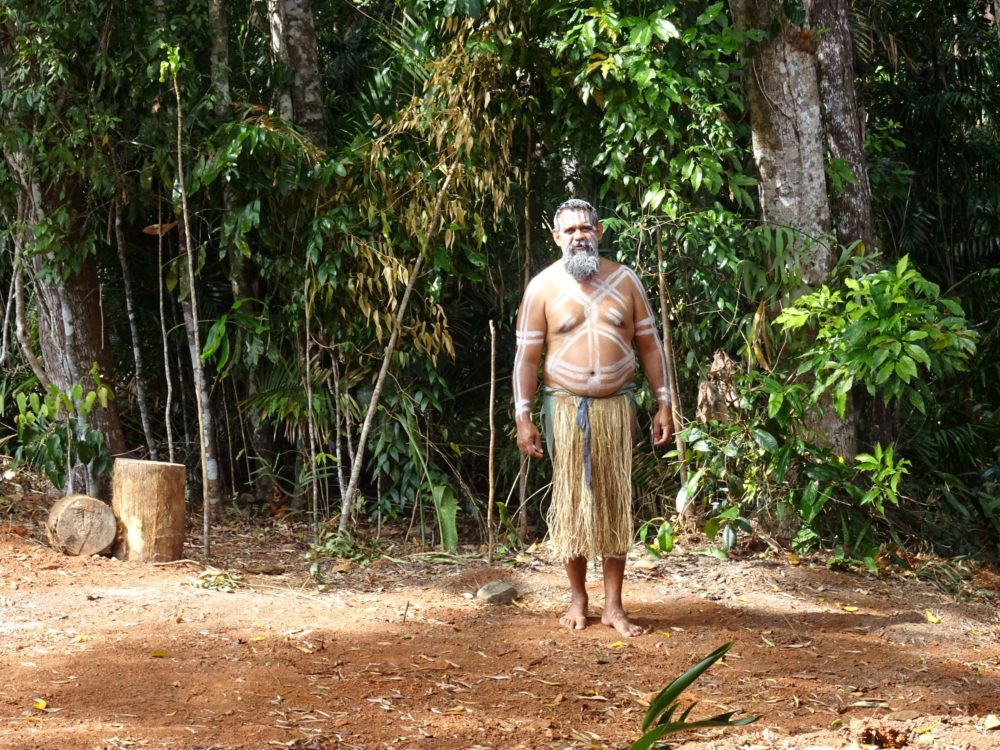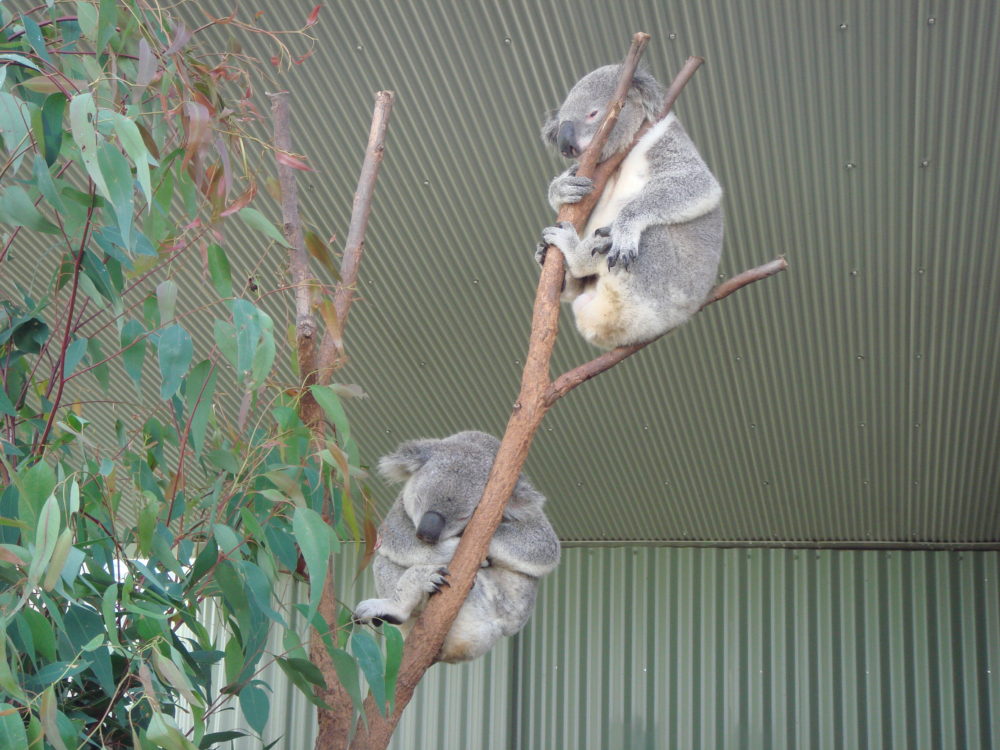– As Papua New Guinea celebrates 40 years of independence, 2015 marks a defining year for the largest Pacific Island nation, set to record 15 percent GDP growth this year.
However, unless the government tightens up its policies, the country will likely fail to achieve any of the United Nations’ Millennium Development Goals (MDGs) despite making significant progress in the past few years.
“Even with 14 years of successive double digit growth, the challenge for PNG is to translate high levels of resource revenue into well-being for all citizens. The latest estimate of the population is now over eight million and approximately 36 percent of the people are living on less than 1.25 dollars a day,” United Nations Resident Coordinator in Papua New Guinea Roy Trivedy told IPS.


